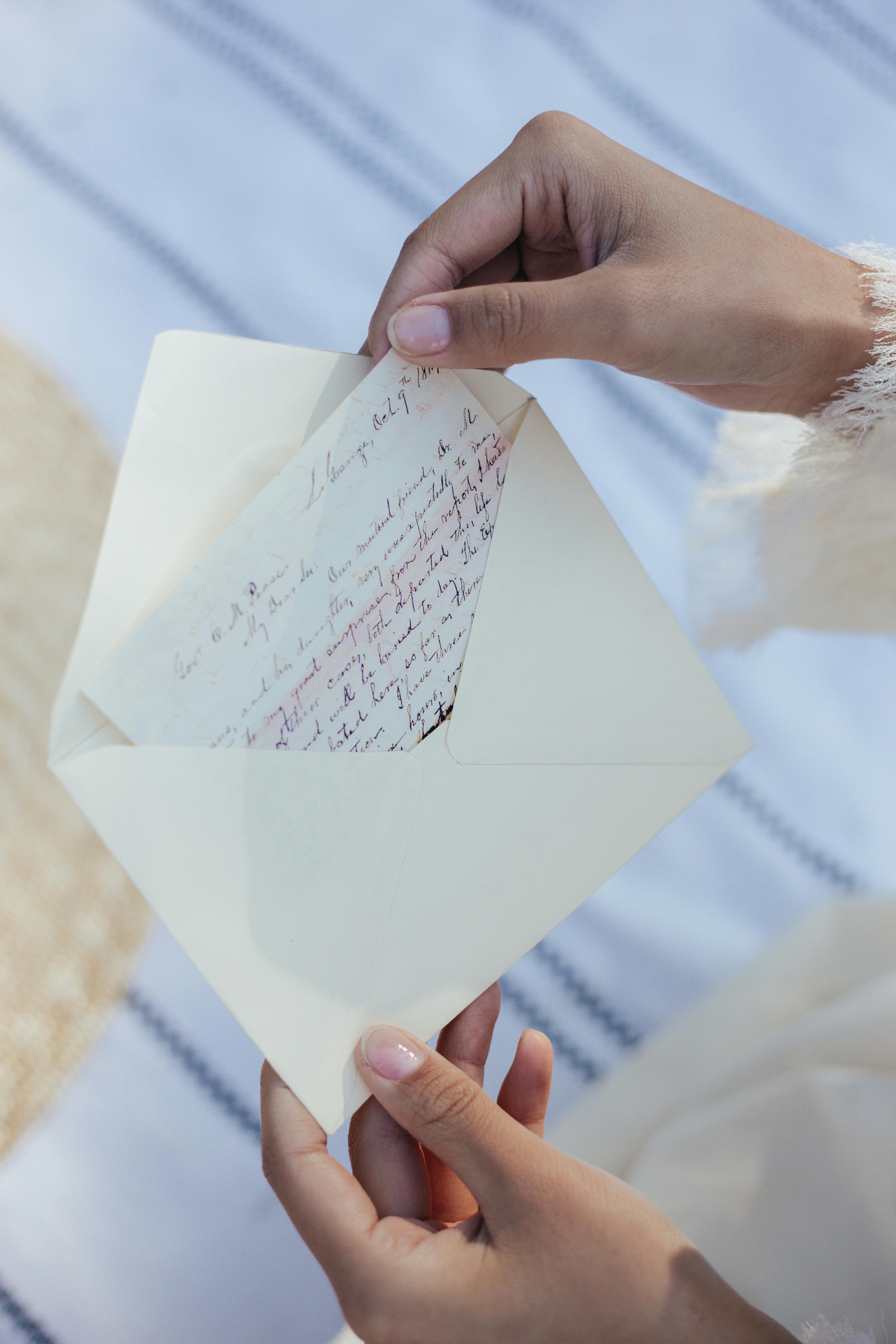Effective Waist Measurement Techniques for Comfortable Pants in 2025
When it comes to buying pants, understanding your waist measurement is crucial for achieving a comfortable fit. The right waist measurement not only ensures comfort but also enhances your overall appearance. In 2025, advancements in clothing technology and a wider variety of styles mean that accurate waist measurements are even more important. This article will provide an in-depth guide on how to measure your waist correctly for different styles of pants, ensuring that you find your perfect fit.
The primary focus of this guide is to help readers learn effective methods for taking their waist measurements, from using a measuring tape to DIY techniques and expert tips. We will explore common mistakes and the importance of accuracy in waist measurements, ensuring that you can confidently choose the right size for your pants. By the end of this article, you will have all the tools needed to master your waist measurements and find the perfect pair of pants for any occasion.
Understanding the Basics of Waist Measurement
Why Waist Measurement is Important
Knowing how to measure your waist accurately can significantly impact the fit and comfort of your clothing. The waist is a determining factor in various styles, including fitted pants, casual trousers, and even activewear. Wearing the correct waist size ensures mobility and avoids unnecessary adjustments while wearing your pants.
Using a Measuring Tape: Step-by-Step Process
The most common way to measure your waist is by using a flexible measuring tape. Here’s how to do it:
- Stand up straight and relax your stomach.
- Wrap the measuring tape around your waist at the narrowest part, usually just above your belly button.
- Ensure the tape is parallel to the ground and not too tight; it should feel snug but not constricting.
- Take the measurement where the tape overlaps and write it down.
This method allows for an accurate read and is applicable for various pant styles.
Measuring Waist with String: An Alternative Method
If you don’t have a measuring tape, you can use a piece of string or cord:
- Wrap the string around your waist in the same way you would with a tape.
- Mark where the string overlaps, then lay it flat and measure the length against a ruler.
This DIY method is particularly useful for those on the go or in need of a quick measurement.
Finding Your Waist Size for Different Styles
Measuring Waist for Fitted Pants
Fitted pants require a more precise waist measurement compared to looser styles. To measure accurately, focus on your natural waistline, ensuring the tape is taut yet comfortable. For fitted pants, a good fit around the waist will prevent gaps or discomfort in the waistband.
Understanding Waist Sizes for Men's and Women's Pants
Understanding the differences in sizing for men's and women's pants is critical. Men's sizes typically feature waist and inseam measurements, whereas women's sizes may incorporate additional elements such as hip measurements. Refer to a waist size conversion chart for the best results when shopping across styles.
Common Waist Measurement Mistakes to Avoid
Many people make mistakes when measuring their waists. Common errors include measuring over clothing, not standing up straight, or reading the tape inaccurately. Always measure on bare skin and ensure the tape is level all around your waist. Taking the time to avoid these mistakes will ensure a better fit.
Tools and Tips for Home Measurement
Exploring Different Measuring Tools
While a measuring tape is the most common tool for waist measurement, other tools can also assist in the process.
- Tailor's Chalk: Great for marking measurements on fabric.
- Flexible Rulers: Useful for custom fitting without a tape.
Choosing the right tool can simplify the measuring process and lead to more accurate results.
Using a Friend for Measurements
Having a friend or family member help can sometimes lead to more accurate measurements. They can assist by holding the tape steady and ensuring it remains parallel to the ground.
Taking Measurements for Different Styles
Different styles may require unique measurement techniques. For example, joggers may need to be measured at a lower waistline, while tailored pants require measurements at the natural waist. Understanding these nuances ensures you shop smartly for various styles.
Measuring Waist for Custom and Altered Pants
How to Measure Waist for Custom Pants
Measuring for custom pants involves precise measurements in both the waist and other areas like hips and thighs. It's essential to communicate these measurements accurately to your tailor or when ordering custom pants online.
Measuring Waist for Alterations
If you have existing pants that require alteration, knowing how to measure your waist correctly is vital. Tailors recommend measuring both your current waist size and the desired fit to ensure that alterations result in a comfortable, fitting garment.
Tips for Communicating Measurements to Tailors
When discussing your measurements with a tailor, be clear and exact. Providing numbers based on completed measurements and expressing the desired fit can lead to better outcomes in fitting.
Final Thoughts on Waist Measurement Techniques
Accurate waist measurement is fundamental to finding the perfect pair of pants that enhance your comfort and style. By mastering these techniques and understanding the nuances of different styles, you'll be better equipped to navigate the fashion world successfully. Remember that a small error in measurements can lead to significant discomfort while wearing your pants, so always double-check and be patient with yourself in this measuring process. With the tips and guidelines provided, you're now prepared to find your ideal waist size for various types of pants, from casual to fitted styles.
